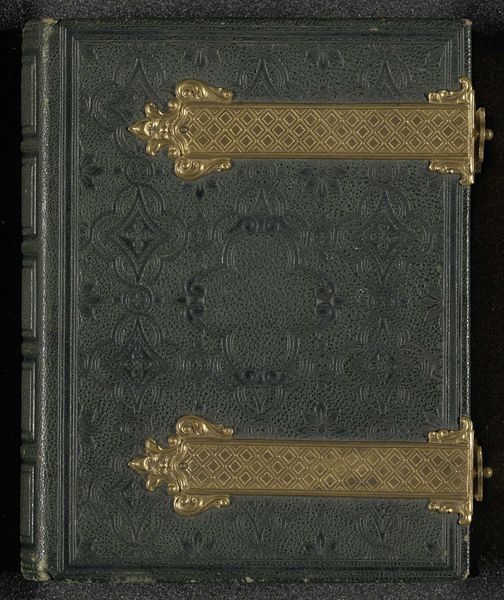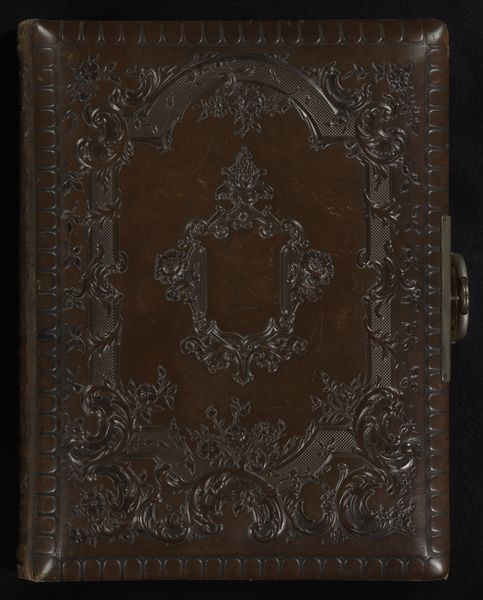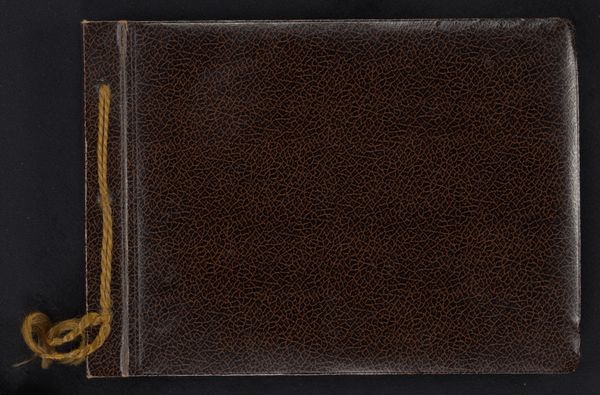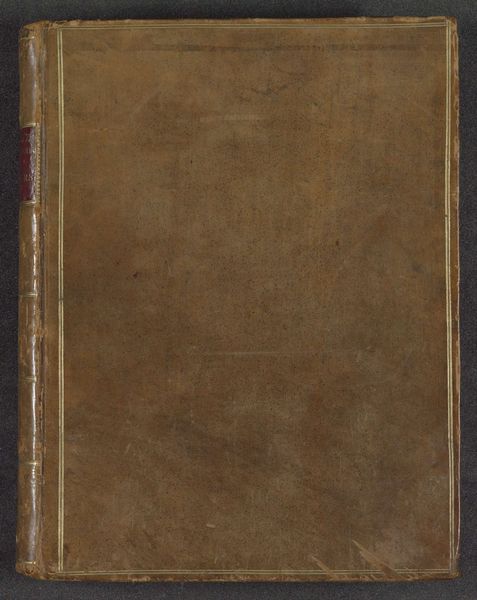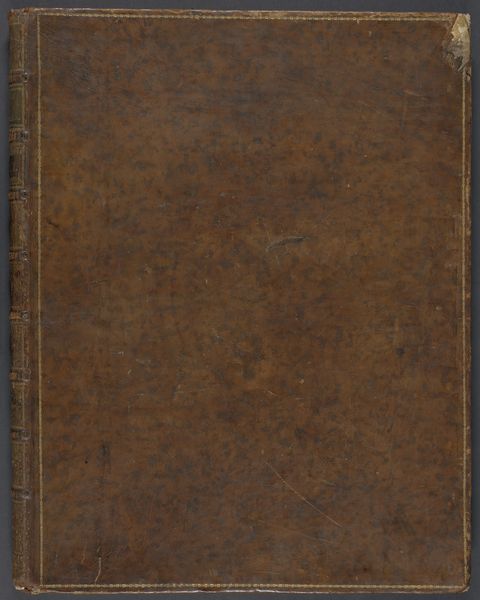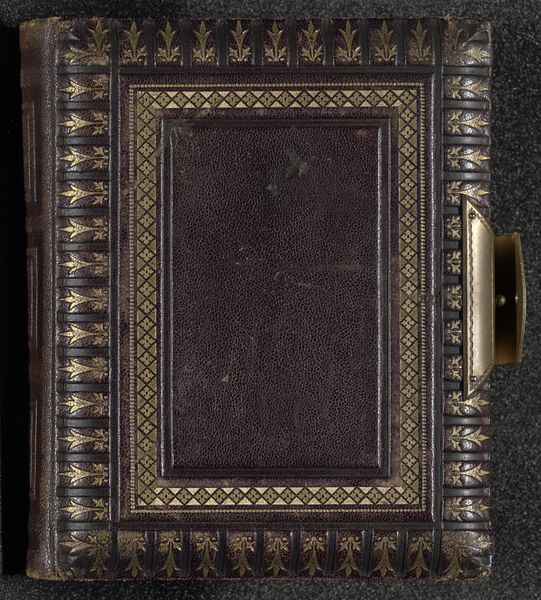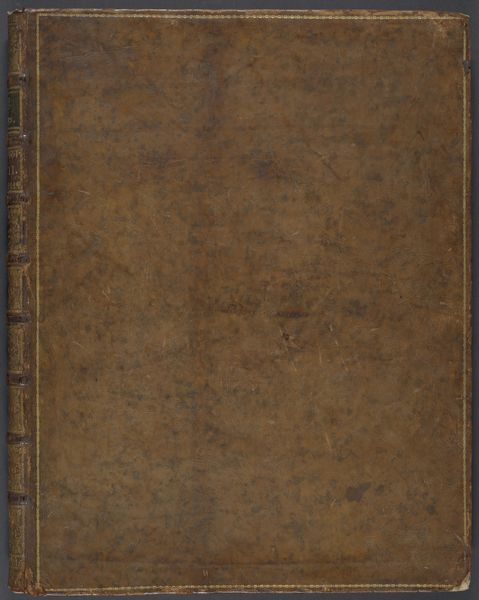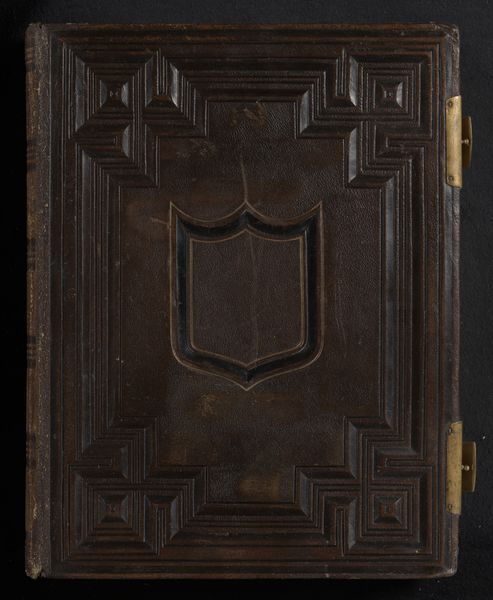
paper, photography, albumen-print
#
portrait
#
close up detail
#
tactile
#
textured
#
detailed texture
#
small detail
#
paper texture
#
paper
#
photography
#
chalky texture
#
decorative-art
#
albumen-print
Dimensions: height 160 mm, width 285 mm, width 143 mm, thickness 41 mm
Copyright: Rijks Museum: Open Domain
Editor: We’re looking at a photograph of a photo album from around 1860 to 1865. It's attributed to "diverse vervaardigers," which makes me wonder about collaborative artistry in that period. I am initially drawn to the album's hardware - the clasps look weighty and significant. What grabs you when you see this? Curator: It whispers tales of intimacy and curated memory, doesn't it? I can almost smell the aged paper, sense the cool touch of those metal clasps under my fingertips. To me, this album represents far more than just a repository for photographs; it’s a carefully constructed reliquary of identity. Editor: Reliquary…that's interesting. In what sense? Curator: Consider the context. The "cartes-de-visite," the photographs held within, became wildly popular during that era, essentially the Instagram of their time, little snapshots used for social networking. People meticulously collected and displayed them in albums like this – crafting their social persona. It makes me think of Proust’s madeleine. Editor: You mean how it unlocked a flood of memories? Curator: Exactly! These albums became personal time capsules. Can you imagine carefully choosing which faces to display, agonizing over their placement, the stories each arrangement tells? These weren't casual snapshots, these were crafted narratives, weren't they? And someone, perhaps a matriarch, held the power to create it. Editor: So, the album isn't just about the photos but about curating a sense of self. Fascinating. Curator: It truly is. Each small choice echoing through time. Makes you think about how we carefully craft our online profiles today, doesn’t it? Editor: It really does. The act of selection hasn't changed that much. Curator: Nope, and our digital selves are, after all, just another kind of "carte-de-visite".
Comments
No comments
Be the first to comment and join the conversation on the ultimate creative platform.
